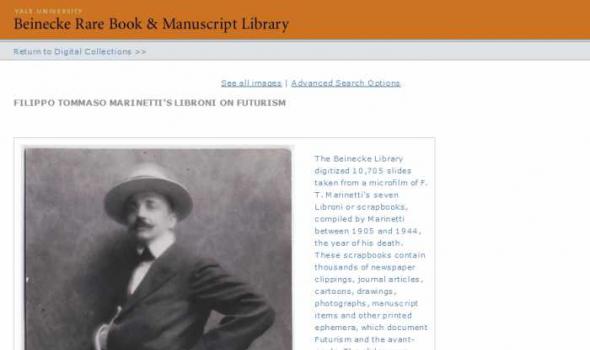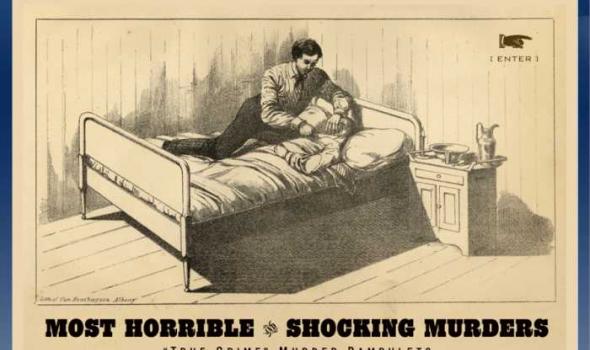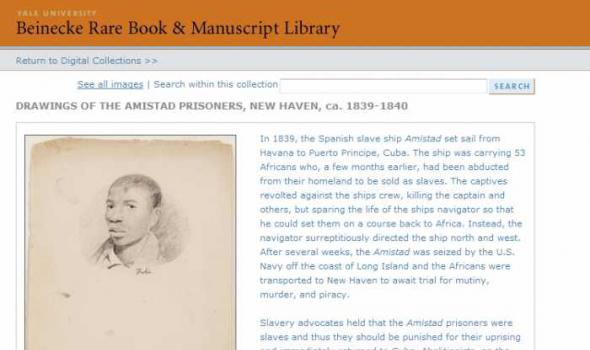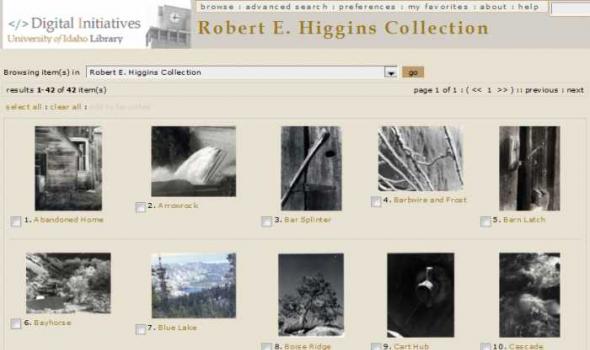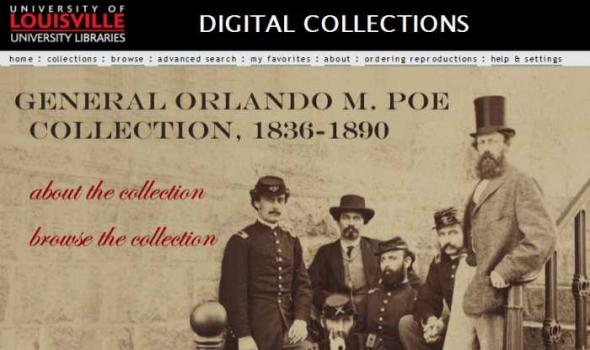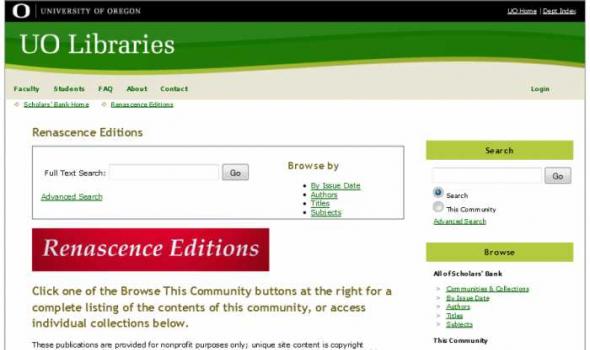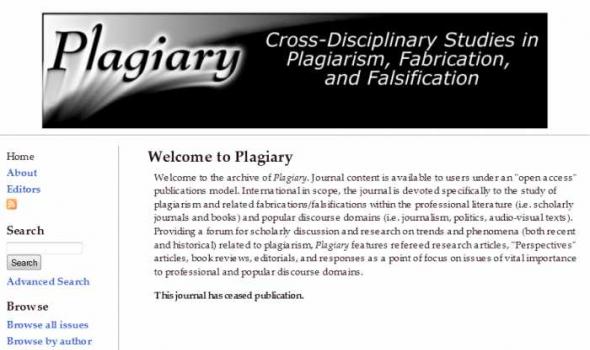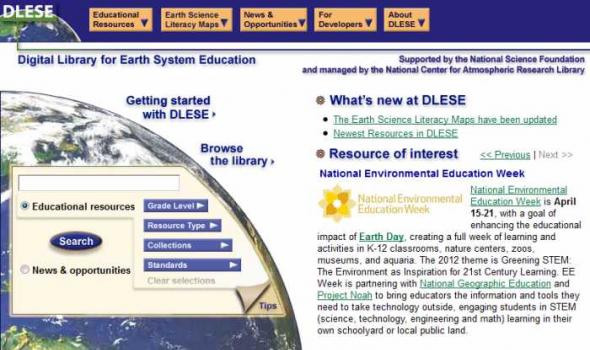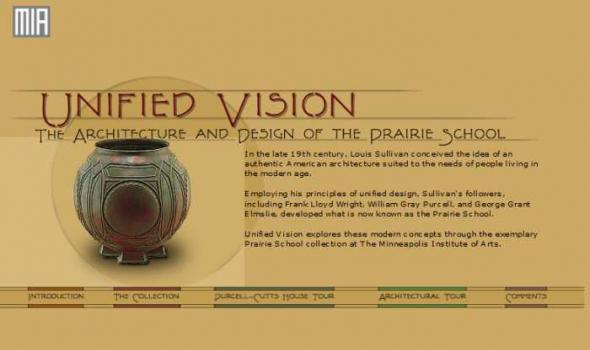Category: Italy, Connecticut
Results
The Beinecke Library digitized 10,705 slides taken from a microfilm of F. T. Marinetti's seven Libroni or scrapbooks, compiled by Marinetti between 1905 and 1944, the year of his death. These scrapbooks contain thousands of newspaper clippings, journal articles, cartoons, drawings, photographs, manuscript items and other printed ephemera, which document Futurism and the avant-garde. The slides were acquired by the Library in 1999, along with a detailed listing of virtually every item depicted. That detailed listing is the source of the bibliographic data currently linked to each image. The Libroni database contains bibliographic errors, items lacking description, and image legibility and sequencing problems.
The Collection Cite as: Filippo Tommaso Marinetti Papers. General Collection, Beinecke Rare Book and Manuscript Library, Yale University Related: Filippo Tommaso Marinetti's Libroni 10,705 slides taken from a microfilm of F. T. Marinetti's seven Libroni or scrapbooks, compiled by Marinetti between 1905 and 1944, the year of his death. Share |
From the sixteenth through the nineteenth centuries, the royal and aristocratic courts behind Europe’s most illustrious festivals printed elaborate, illustrated volumes to record the celebrations that they organized to mark births, deaths, betrothals, weddings, coronations, and visits. Often circulated for the benefit of rival noble families and in the interests of self promotion, festival books are fascinating witnesses to aristocratic culture and art during the Early Modern period.
In the autumn of 1609, the Italian mathematician and astronomer Galileo Galilei turned his telescope to the heavens, deciphering the cratered face of the moon, the four satellites of Jupiter, and other previously opaque features of the heavens. When, in 1610, Galileo published his Sidereus Nuncius, or Starry Messenger, the German astronomer Johannes Kepler responded with enthusiasm, praising the significance of Galileo’s observations with his own Dissertatio cum Nuncio Sidereo, or, Conversations with the Starry Messenger (1610). To whom else did the stars speak in the early modern period?
